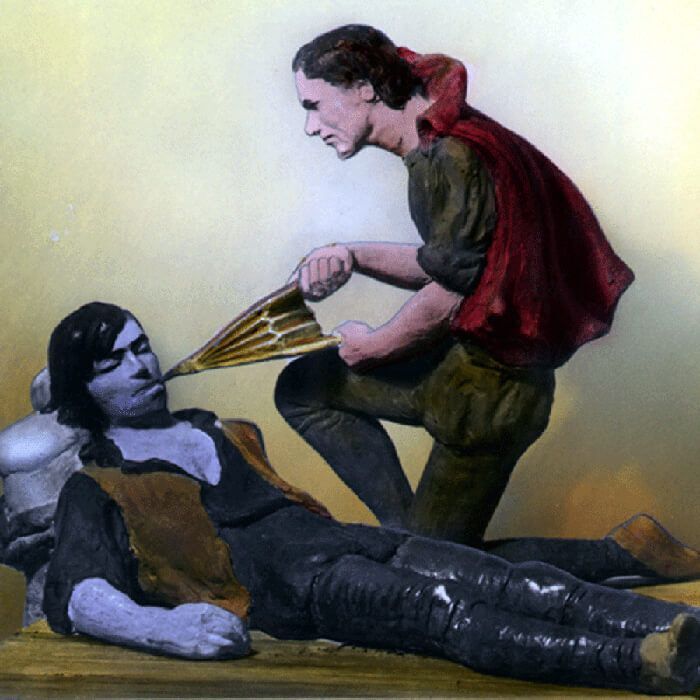
June 1-7 is CPR and AED Awareness Week. In recognition, Starting Hearts will share news, information, and insights on these live-saving medical interventions.
Cardiopulmonary Resuscitation (CPR) is a game-changer for saving lives – especially around cardiac arrest, but have you ever wondered how modern CPR came to be?
The CPR you’re likely thinking of dates back just a few decades; however, attempts at resuscitating a person can be traced to ancient times.
Whether you’re a medical professional, a history buff, or just curious about CPR, here’s five facts from history that’ll likely be news to you.
1. Second Century: Beware of Greeks Bearing Bellows
Greek physician Galen (b. 129 AD) recorded his failed attempts to inflate dead animals’ lungs with bellows, a device used for blowing air.
2. Eighteenth Century: Mouth-to-Mouth Takes a Deep Breath
In the 1730s, Scottish surgeon William Tossach used mouth-to-mouth breaths to rescue a suffocated coal-pit miner, marking perhaps the first record in the medical literature of mouth-to-mouth resuscitation.
In 1782, the Royal Humane Society in Britian suggested using bellows in place of mouth-to-mouth to blow air into the lungs. (Somewhere, perhaps old Galen was smiling!)
3. Nineteenth Century: Heart Massage and Chest Compressions were the Cat’s Meow
In the 1800s, German physicians and scientists celebrated breakthroughs around manually manipulating the heart to circulate blood. Moritz Schiff, a physiologist, discovered that massaging an animal's heart during surgery helped blood flow.
In 1878, Rudolph Boehm, a pharmacologist, demonstrated that pressing on a cat's chest kept its blood circulating.
In 1891, Dr. Friedrich Maass, a surgeon, used external chest compressions to restart the hearts of two young patients. While Maass’s approach was the first on record linking external chest compressions to circulation, it failed to catch on quickly: for more than 50 years, practitioners continued the open-heart massage approach to revive patients.
4. Twentieth Century: The American Heart Association Feels a Pulse
In 1924, six physicians met in Chicago and formed the American Heart Association. The new group believed more scientific research could help to treat, prevent, and cure heart disease. Celebrating its 100th anniversary this month, the American Heart Association has blossomed into a force for improved heart health and for CPR research, training, and advocacy.
5. Twentieth Century: Toymaker “Dolls Up” First CPR Manikin
In 1960, Norwegian toymaker Åsmund Laerdal, best known at the time for his realistic play dolls and “furniture-friendly” toy cars, helped create the first CPR manikin, named Resusci Anne. For decades it’s helped countless medical professionals and laypersons learn CPR and sharpen their skills.
Laerdal’s manikin has received several refreshes over the decades to stay current with advancements in CPR science, technology, and best practices.
CPR: a Legacy for Life
History has produced at least one constant around CPR: humans are invested in exploring new and better ways to save the lives of others.
CPR is a critical lifeline during cardiac arrest. It’s most often the only effective medical intervention a bystander can immediately offer a victim.
Each step of its evolution – from mouth-to-mouth, to chest compressions, to training manikins – has helped develop the CPR we know and trust today. Understanding its history helps us appreciate the life-saving importance of CPR and the imagination and determination that drives medical progress.
At Starting Hearts, we can provide specific training for making a life-saving difference.
Contact us for more information: info@startinghearts.org
Tiffany Moss is a registered nurse and healthcare writer based in Texas.
